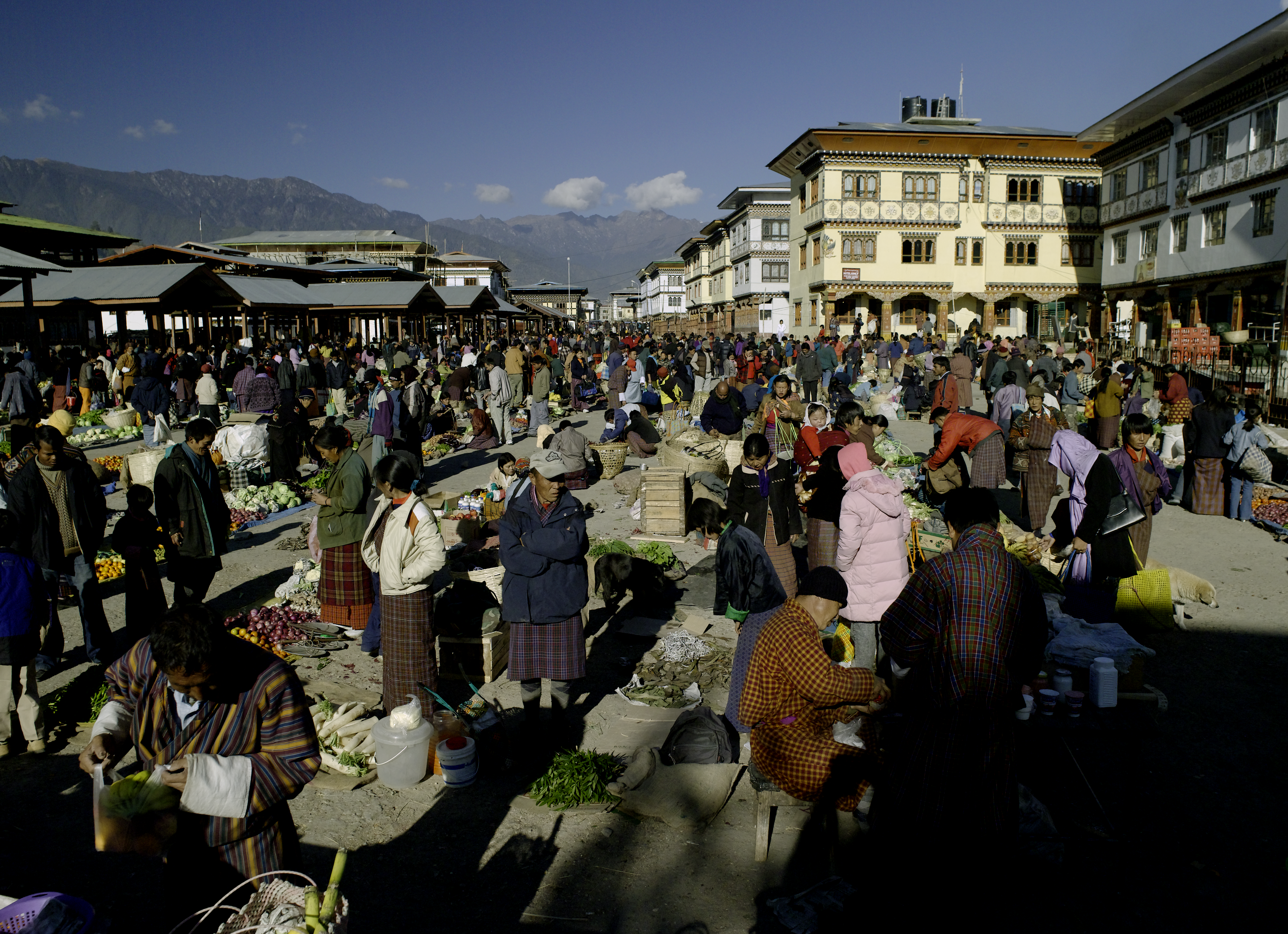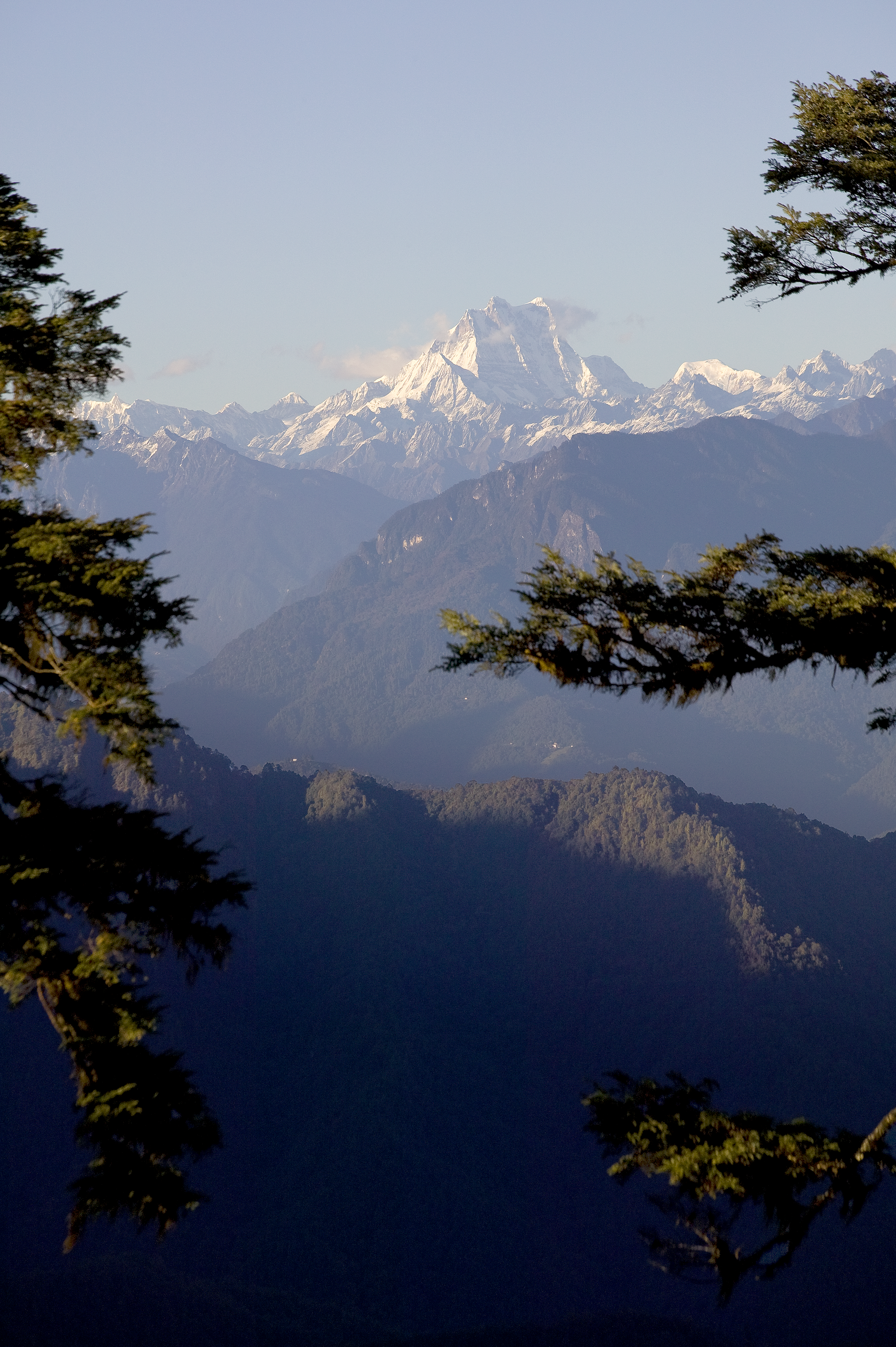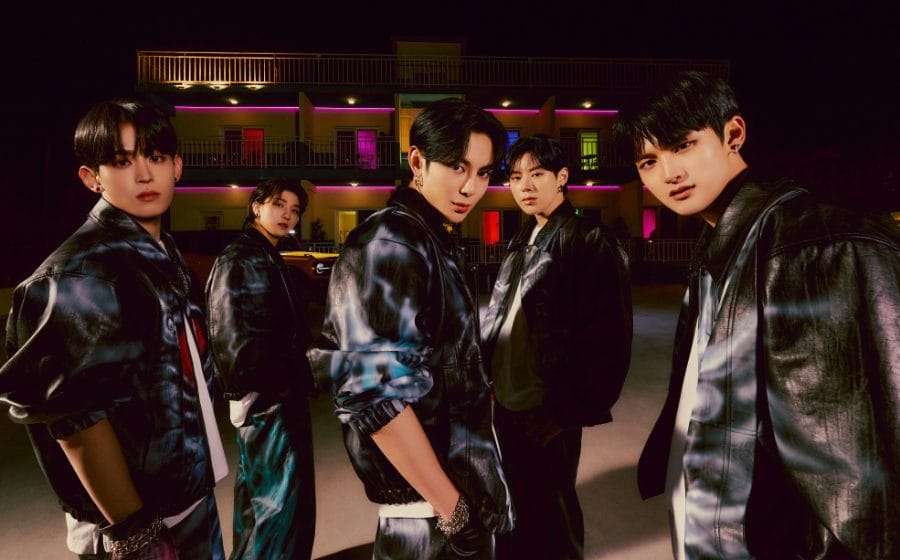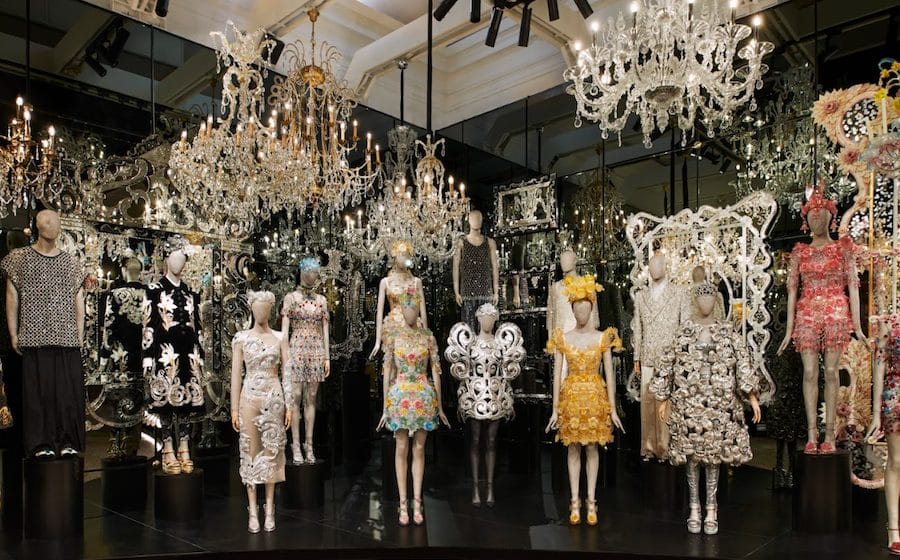“The Bhutanese,” our guide Gayleg told us at the beginning of the journey, “are very superstitious. They are a people who love their monarchy and believe that even looking at pictures of the King is good luck.” So, having the peculiar coincidence of flying into Paro Airport with the previous King (fondly known as K4 locally) on board in a Drukair plane piloted by the current Queen’s father, portended for an auspicious trip to this magical and mysterious mountain kingdom. In our age of overstimulation and information inundation, Bhutan is something of an anomaly – a country fiercely protective of its natural resources, heritage and culture. The only country in the world that is carbon negative, Bhutan also has a Gross National Happiness index (one of K4’s innovations), which measures prosperity by gauging its citizens’ happiness levels instead of relying solely on GDP growth.
Roughly the size of Switzerland with its current population of 750,000, Bhutan remains largely an enigma to most because of its strict high value, low impact tourism policy, which obliges foreign visitors to pay a minimum tariff of US$250 per day. Although this fee is all-inclusive – accommodation, food, transport and an official guide are provided – it does deter most casual visitors. Nonetheless, with its majestic landscapes, picturesque towns and charming people, the last great Himalayan kingdom is a country you should visit at least once in your life.
Discovering this extraordinary place requires a base that is equally superlative, and the Aman resort’s Bhutan outpost, Amankora, is just the ticket. The Aman group was the first foreign entity to attempt setting up a joint venture in the Kingdom of Bhutan after its founder Adrian Zecha campaigned tirelessly to open the Aman Paro in 2004. Comprising five lodges – Paro, Thimphu, Punakha, Gangtey and Bumthang – the circuit is collectively named Amankora; “kora” means journey in Bhutanese, and guests travel from lodge to lodge following an individually crafted itinerary during their stay. My programme covered Thimphu, Punakha and Paro – the recommended number of lodges for a week’s travel. Even as the Himalayan range came into view as the plane approached Paro, the anticipation was palpable.
The royal in-law provided a landing as smooth as silk, and after K4’s entourage had disembarked, we walked down and were greeted by fresh mountain air. As soon as we got out, we were warmly welcomed by our Amankora duo, the witty guide Gayleg and shy driver Tshering. In between plying us with refreshments and welcome packs, Gayleg explained that we would be a team for the next seven days; while our itinerary had been roughly planned out, it was completely flexible. So far, so cool, especially as we ooh-ed and aah-ed at the landscapes that looked like one of those otherworldly locations for Game of Thrones.
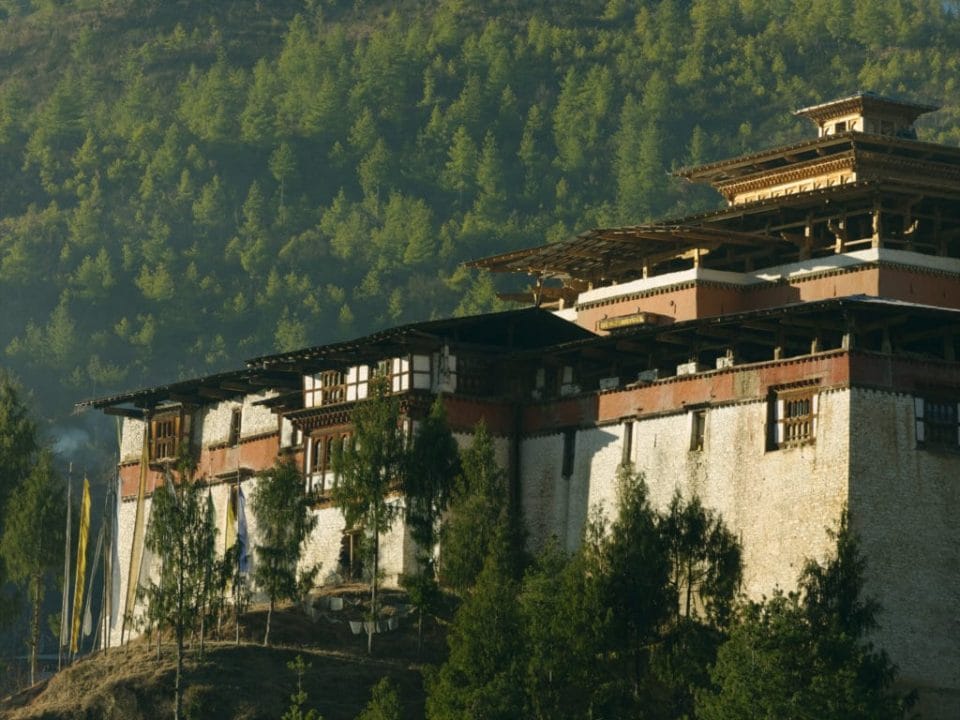
We soon reached Thimphu lodge, set in the upper reaches of Motithang and nestled on the slopes of a pine forest, where we were greeted with Khata (the traditional ceremonial scarf). This white silk scarf is used on almost all occasions to represent the giver’s goodwill to the recipient, and is also used to welcome guests. The lodge, designed by renowned Australian architect Kerry Hill, incorporates and adapts local materials and construction techniques. Spare but elegant, the 16-suite lodge is built around two central courtyards, where elements of Bhutanese culture such as prayer wheels are featured. Our spacious rooms featured walls, floors and ceilings lined with wooden panels, a Bukhari wood-burning stove and a free-standing bathtub. Chic and contemporary, yet capturing the essence of Bhutan, the suite was a microcosm of Hill’s design ethos that deftly balances traditional sensibilities with modern expression.
The three days and two nights we spent at Thimphu lodge passed not in a blur, but a leisurely unfolding of serene moments. From short hikes up scenic paths to admire the view of the valley to a walkabout in the gentle bustling town of Thimphu, where we picked beautiful handicrafts (the Bhutanese have an intuitive sense of colour, which translates well in its decorative arts), some highlights included visiting the magnificent Buddha Point (home to a 51.5m statue of the Gautama) and strolling around the Motithang Takin Preserve to have a peek at Bhutan’s goofily adorable national animal, the Takin (which legend says is a cross between a goat and yak). The quieter pauses were just as memorable, whether it was sipping ginger tea on the Aman Thimphu courtyard while listening to the stream or basking in the utter relaxation of a hot oil head massage, the spa’s signature treatment.
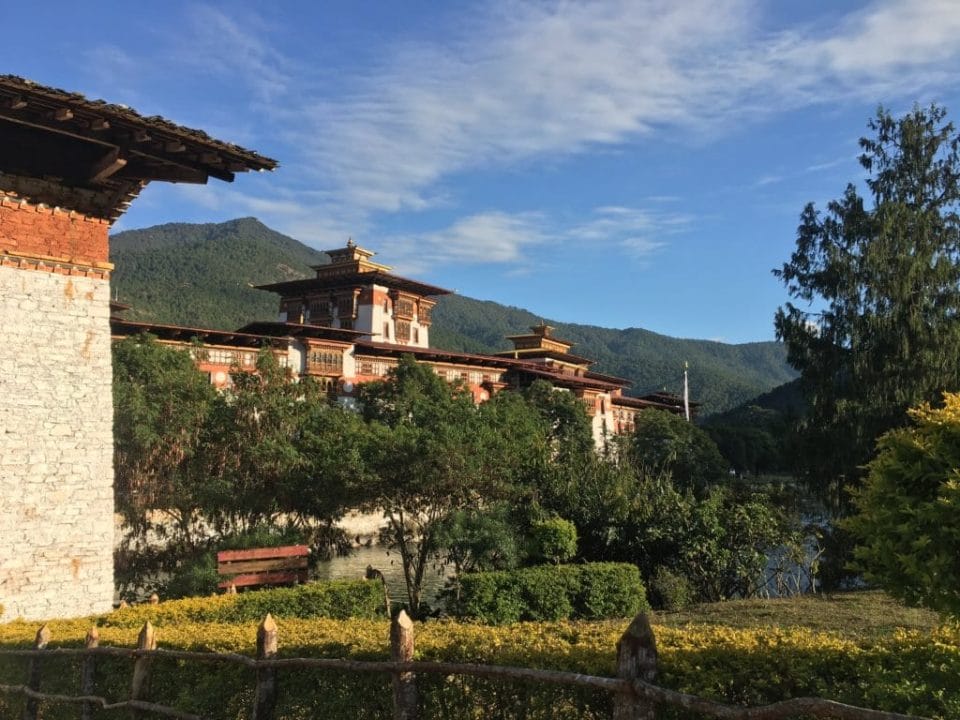
This article was written by Jennifer Choo.

